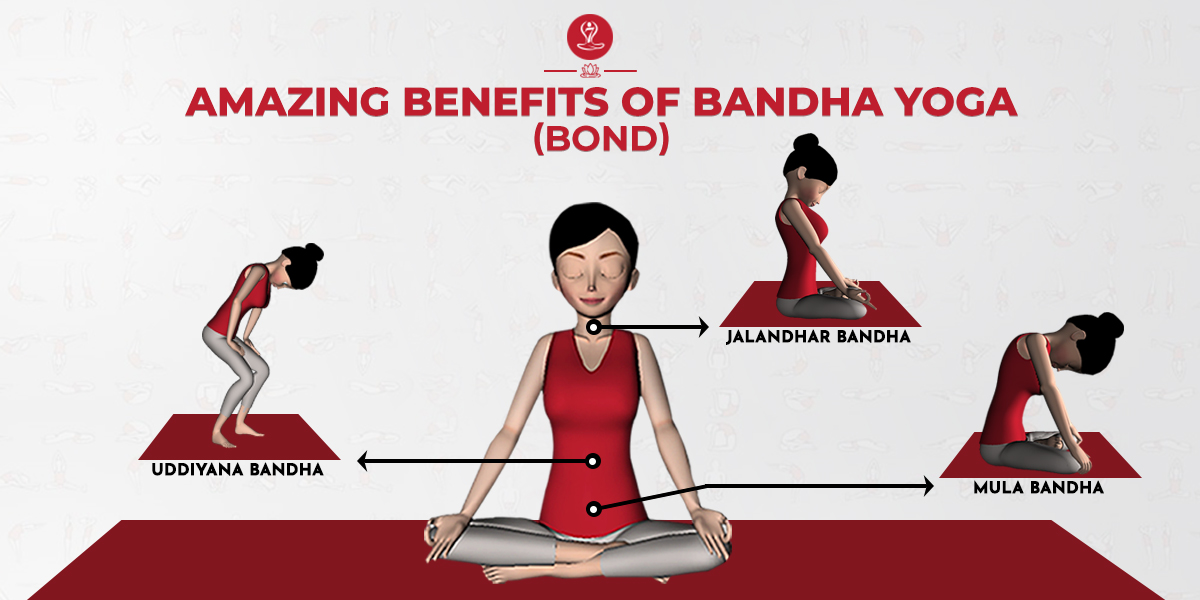
A chakra definition explains the three major centers of our energy. These three centers are the Vajra Sahasrara, Manipura, and Vajra. Each center has its own purpose and focuses energy. To learn more about how each of these centers affects our lives, read this article. To achieve more balance, you can learn how to get to know them.
Anahata
The Anahata Chakra is located in your chest and is associated to the color light Blue. This color represents the sky, and Air is the element associated. Anahata decides what actions are appropriate for growth and extension. This chakra has a mantra called YAM.
The Anahata chakra, which is connected to the heart, is associated with feelings of compassion as well as empathy. It represents our inner child. When we feel compassion and kindness, we can accept and forgive ourselves. To open our heart chakra, we can do yoga poses or aromatherapy.
Manipura
According to Vedic tradition and tradition, the Manipura or third primary chakra is called that. Wikipedia has a Wikipedia article about the Manipura. It is considered the heart of the spiritual life. A meditation session will help you open up to this energy center. Manipura has been said to be a very strong energy center. Its energy allows you to live in peace and enjoy every moment of your life.

In the navel is the Manipura Chakra. It is also called the "city of jewels." This area is considered to be a good source of energy. This chakra is connected with the mandala which is the spiritual center in the body.
Sahasrara
Sahasrara, also known by the crown chakra, can be considered the seventh primary in some yoga traditions. Its role in the body's energy flow is very important. It controls many aspects in the body, including digestion as well as the ability to regulate moods. It plays a vital role in the prevention and treatment of anxiety, stress, and other conditions.
The Sahasrara can be found four fingers above the crown. It is the Sushumna nadi's terminal point, which is the main energy channel throughout the body. It is thought to be the heart of spiritual development, which allows people to experience deep peace as well as serenity.
Vajra
Vajra is the vajra chakra. It can also be translated as thunderbolt. Originally a ritual object, the vajra has dual meanings and is associated with spirituality and power. It is a tool that can be used in Buddhist and Hindu traditions to cultivate the mind through meditation and slower paces.
The word vajra itself is derived from the Sanskrit language, meaning diamond and thunderbolt. Dorje, which is the Tibetan name for vajra (or dorje in Tibetan), is a ritual object Tibetans use during religious ceremonies. Vajra is a symbol associated with Buddhist tradition and the Vajrayana Buddhist school of Buddhism. It is also associated with the Vajrayana lineage. This means the Thunderbolt Way/Diamond Way.

Svadhisthana
The Svadhisthana chakra, the second primary chakra in Hindu Tantrarism, is called the Svadhisthana chakra. Although it is often blocked by fear and death it can be opened to allow us to be more creative and manifest our desires. This chakra can lead to increased confidence and the manifestation of your desires.
This chakra is located close to the coccyx. It is associated with Siva, the supreme principle in the form of Navatman. It is also associated the thetral and the heavens.
FAQ
What foods should I avoid after practicing yoga?
You may experience a decrease in energy levels if you avoid certain foods. It can cause you to feel gassy or cramps in your stomach. If you feel tired after practice, you may want to eat something light and nourishing.
I already do some type of exercise. Is yoga still a good option?
Yes! Yoga can be beneficial for anyone, even if they are not physically active. When you combine yoga and other exercises like running, biking, swimming, or lifting heavy weights, you will see more results.
This is because yoga helps to improve your ability to concentrate on breathing and burn calories more quickly.
You can also improve your endurance. You can reap the many benefits of yoga no matter how advanced or beginner you are.
How much yoga do you think is excessive?
It's important that you remember yoga isn't a sport. There is no minimum number of repetitions you must do before becoming tired. Instead, enjoy the experience and take it slow.
Don't worry if you fall off the wagon once in a while. Keep going where you are at the moment.
Beginners to yoga should start with short sessions lasting 10 to 15 minutes. From there, you can work your way up.
What evidence does the research say about yoga for well-being?
Yoga has been shown to improve mental health, reduce stress and promote overall well-being. It is also a great way to lose weight and maintain a healthy BMI (body mass index).
Yoga can help lower blood pressure and improve cardiovascular function.
These are just some of the benefits of yoga.
The list can go on!
Can women do yoga
Absolutely! Yoga is open to all genders.
There are many different styles of yoga for men and women alike.
Can I take classes with others?
This will depend on the class. Some teachers only offer private lessons. Others provide group classes where students can interact with one another.
Some studios even offer small groups called "classes within a class," where you'll be paired with another person who shares similar interests and goals.
Statistics
- A 2020 review of 27 studies (1,805 total participants) of yoga interventions in children or adolescents found reductions in anxiety or depression in 70 percent of the studies, with more promising results for anxiety. (nccih.nih.gov)
- Lock in 25% off your Founding Member rate. (corepoweryoga.com)
- According to calorie estimates calculated at Harvard Medical School, the average 125-pound person burns about 120 calories in a half hour of hatha yoga, and a 185-pound person burns about 178 calories in that half hour. (everydayhealth.com)
- According to the Agency for Healthcare Research and Quality, falls are incredibly common among older adults in nursing facilities. Even the simplest ones can increase the risk of death (24). (healthline.com)
- Gentle yoga has been shown to ease some of the discomforts of tender, swollen joints for people with arthritis, according to a Johns Hopkins review of 11 recent studies. (hopkinsmedicine.org)
External Links
How To
Which is the best place to do yoga?
There are many ways to practice yoga. Each person has their own style. Only you need to choose the positions that feel most comfortable.
Here are some common postures:
Standing poses - Standing poses are suitable for beginners because they allow you to see how your body looks from different angles. They also make it easier to focus on breathing.
Forward bends- Forward bends can often be used to release tight areas. You can either do them lying down or while sitting.
Backbends. Backbends generally are considered advanced poses. Ask your instructor for advice if you're interested in trying it.
Inversions - These are poses that require you upside down to balance. This is a difficult but rewarding form of yoga.